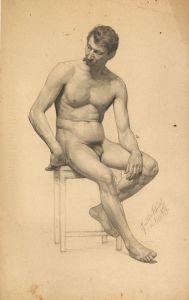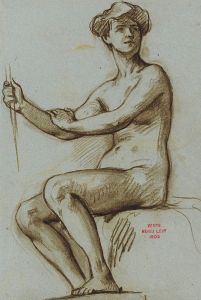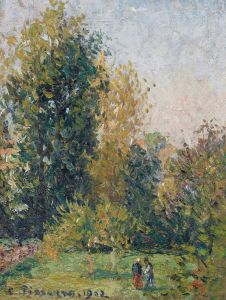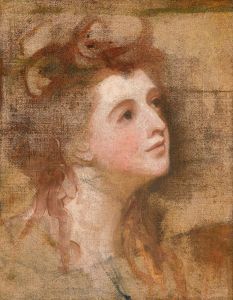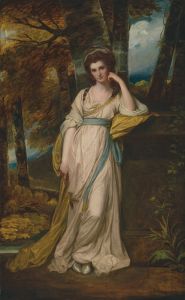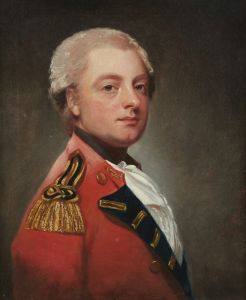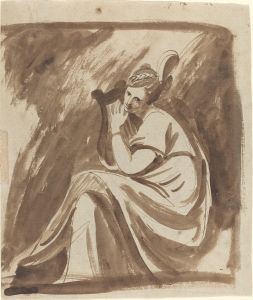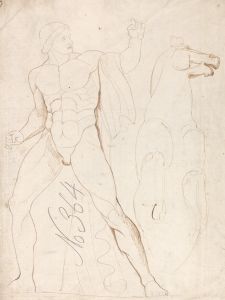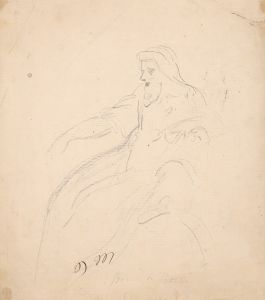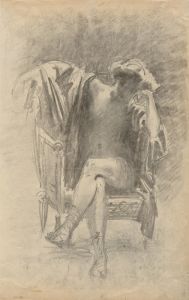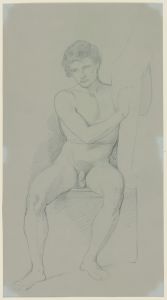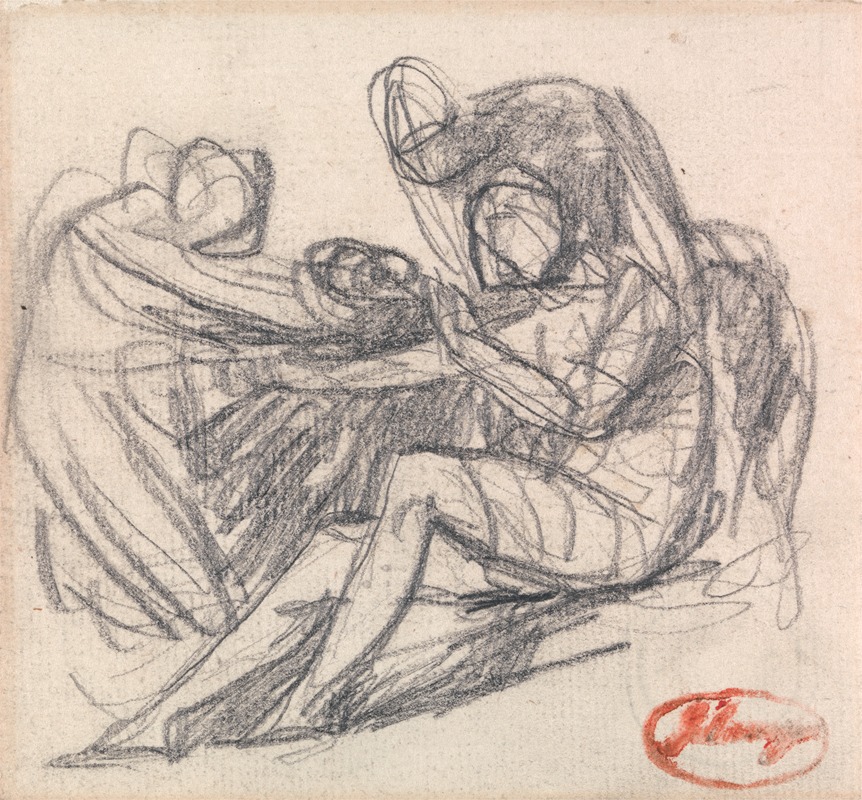
Two Figures Aiding a Seated Figure
A hand-painted replica of George Romney’s masterpiece Two Figures Aiding a Seated Figure, meticulously crafted by professional artists to capture the true essence of the original. Each piece is created with museum-quality canvas and rare mineral pigments, carefully painted by experienced artists with delicate brushstrokes and rich, layered colors to perfectly recreate the texture of the original artwork. Unlike machine-printed reproductions, this hand-painted version brings the painting to life, infused with the artist’s emotions and skill in every stroke. Whether for personal collection or home decoration, it instantly elevates the artistic atmosphere of any space.
George Romney was an 18th-century English painter renowned for his portraits and historical paintings. Among his notable works is "Two Figures Aiding a Seated Figure," a painting that exemplifies his skill in capturing human emotion and interaction. Romney was born in 1734 in Dalton-in-Furness, Lancashire, and he became one of the leading portraitists of his time, alongside contemporaries such as Joshua Reynolds and Thomas Gainsborough.
"Two Figures Aiding a Seated Figure" is a work that reflects Romney's interest in narrative and dramatic compositions. While specific details about the painting's creation and its current location are not extensively documented, it is consistent with Romney's style during the height of his career. Romney often drew inspiration from classical themes and literature, which is evident in the composition and emotional depth of this painting.
The painting depicts three figures, with two standing figures appearing to assist or comfort a seated figure. The interaction among the figures suggests a moment of compassion or support, a theme that Romney explored in various works. The use of light and shadow in the painting highlights the emotional intensity of the scene, a technique Romney employed to draw viewers into the narrative.
Romney's approach to painting was influenced by his travels to Italy, where he studied the works of the Old Masters. This influence is apparent in his use of classical poses and his focus on the human form. In "Two Figures Aiding a Seated Figure," the figures are rendered with a sense of realism and attention to anatomical detail, showcasing Romney's technical proficiency.
Throughout his career, Romney was known for his ability to convey the psychological depth of his subjects. This skill is evident in "Two Figures Aiding a Seated Figure," where the expressions and body language of the figures suggest a story beyond the canvas. Romney's interest in the human condition and his ability to capture subtle emotional nuances made his work resonate with audiences of his time and continue to be appreciated today.
Romney's legacy as an artist is marked by his contribution to the development of portrait painting in Britain. His works are characterized by their elegance, emotional depth, and narrative quality. "Two Figures Aiding a Seated Figure" is a testament to Romney's ability to blend classical influences with contemporary themes, creating paintings that are both timeless and evocative.
While specific details about "Two Figures Aiding a Seated Figure" may be limited, the painting remains an example of George Romney's artistic vision and his contribution to the art world. His works are housed in various collections, including the National Portrait Gallery and the Tate Britain, where they continue to be studied and admired by art enthusiasts and scholars alike.





